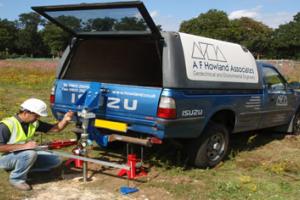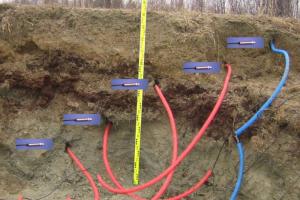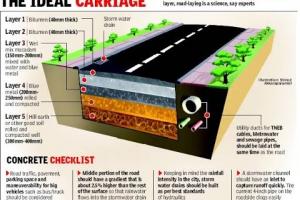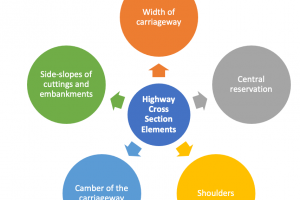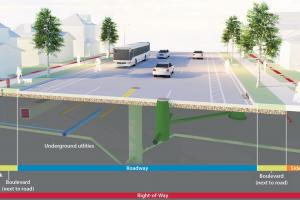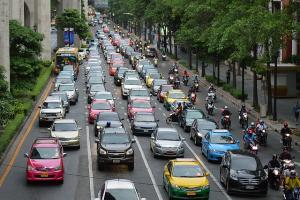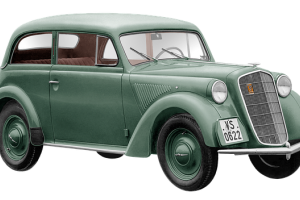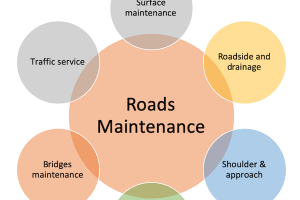Evolution of System of Transportation
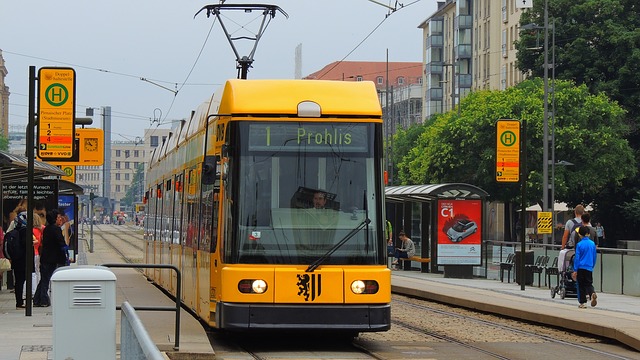
Transportation:
Transportation is the movement of people and goods from one place to another.
Transportation Engineering:
To develop the facility for transportation is Transportation Engineering.
Transportation Engineering can also be defined as:
“THE BRANCH OF ENGINEERING THAT FINDS WAYS TOWARDS SAFE, EFFICIENT, AND CONVENIENT MOVEMENT OF PERSONS AND GOODS USING LAND,AIR AND WATER”
Developing Facilities:
The process of developing facilities include the following aspects:
- Planning
- Design
- Construction
- Operation and management
1. Planning
Transport planning deals with planning transportation facilities which will be able to meet the present and future needs in a sustainable manner. It includes:
- Trip generation
- Trip distribution
- Mode choice
- Route Selection
2. Design
It includes sizing of transportation facilities (how many lanes or how much capacity), determining the material and thicknesses, designing the geometry of the roadway or track.
3. Construction
The facility is physically constructed
4. Operation and Management
It involves traffic engineering so that vehicles move smoothly on the road or track (Signs, markings, signals). Newer technology involved intelligent transport system (ITS), advanced traveler information system (e.g. Variable message Signs). After some time, demand may be increased, facility may get congested and again we go for planning to add capacity. This developing facility is a cyclic process
Early Modes of Transportation
Human powered transport
Human powered transport is the transport of people and/or goods using human muscle-power, in the form of walking, running and swimming.
Animal Powered Transport
Animal-powered transport is a broad category of the human use of non-human working animals (also known as "beasts of burden") for the movement of people and goods.
Modern Modes of Transportation
Transportation is performed by various modes such as;
- Roads (Vehicles)
- Railways (Trains)
- Airways (Aircrafts)
- Waterways(Ships)
- Pipe lines (for Gas, Oil & Water Transport)
- Cable transport (Chairlift)
What is Transportation System
Definition:
“It is an optimum combination of fixed facilities, flow entities and operational plans that permit the people and goods to overcome the friction offered by geographical spaces in the most efficient, safe and convenient manner in order to achieve time and place utility for the desired activity”.
Role of Transportation
- Transportation contributes to the economic and cultural development of a country.
- It is comparable to the veins of the human body.
- Veins maintain health by circulation of blood to different parts of human body
- Transportation keeps the nation in good condition by moving people and goods.
- Transportation is vital for the all-round development of a nation because every commodity needs transport facility both at the production stage as well as distribution stage.
- At production, transportation is required to carry raw materials to the factories.
- At distribution stage, transport is required to carry finished products from form and factories to the distribution centers
Thus for economic, social and cultural development of a country, an effective and adequate system of transportation is essential
Economic Development and Transport
- Every product is utilized to satisfy human needs and the products are not entirely consumed locally. Thus they need to be transported to the area of their demand.
- If an adequate system of transportation connects the nearby villages to a big city, the products of villages may be brought to the city to fulfill the need of the city
- In return, the villagers may get a remunerative price for their products.
Thus for economic development of a country/region, effective and adequate system of transportation is essential.
Social Effects of Transportation
The social effects of transportation are:
- Increase in Mutual Understanding
- General well being of Community
- Aspect of safety, law and order etc.
1. Increase in Mutual Understanding
- Improved system of transportation enhances tourism.
- When people go out and meet people of other region, they get a chance to understand each other and in this way the feeling of unity and mutual understanding is enhanced.
2. General well being of the Community
- The improved and adequate system of transportation is essential for the general well being of the community.
- The rapid and efficient transport system is essential for sub-urban and intercity long distances for business needs, social visits and tourist activities.
- This also encourages the people to live away from their place of work and thus helps in reducing the population density of the city.
3. Aspect of Safety, Law and Order
- An efficient transport system is essential to maintain law and order in the country.
- In case of external aggression, to defend the territory of the country and to guard the borders with foreign countries, transport facilities are essential to reach the farthest distances from HQ to rush medicines, arms and ammunition etc at the place of need.
Types of Transportation systems
- Public or Mass Transport System ( Buses, Trains)
- Private Transport System (Private Cars, Bicycles)
- Intermediate Transport System (Taxi, Rickshaw)
Generally public transport is not available to us at our door step. So to get that facility, we have to go to the bus stop or railway station etc. For this purpose, we have to use our private transport (private car) or intermediate transport (Taxi/rickshaw).



